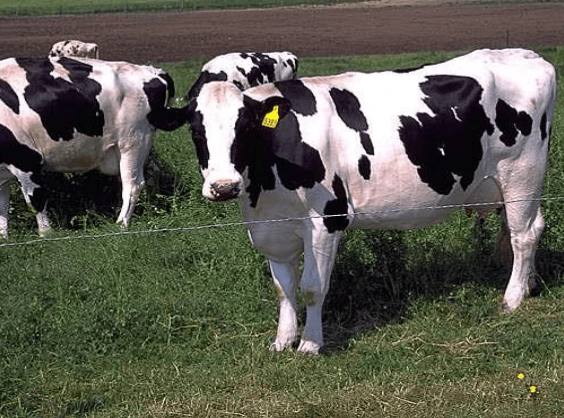The U.S. Department of Agriculture (USDA) projects beef cattle exports from Mexico to increase at a 9% year-over-year rate by 2024, to 1.2 million head.
Mexican cattle exports, which go almost entirely to the United States, continue to rebound from the 2022 drop, caused primarily by Mexican cattlemen’s decision to fatten and slaughter their animals domestically to meet more profitable domestic and export demand for beef.
In addition, the potential increase in U.S. feeder cattle demand from a shrinking herd in 2024, especially in the southern plains, is expected to boost live cattle exports.
In terms of live cattle flow from Mexico to the United States, a large proportion of live cattle exports from Mexico to the United States (80%) transit through commercial crossings in Sonora and Chihuahua to Arizona and New Mexico.
As of June 30, Mexico had exported an estimated 605,282 head of cattle to the United States, an increase of 27% over the same period in 2022.
Beef cattle exports
The USDA expects less drought in central and northern Mexico this year and lower grain prices to support herd development, with impacts extending through 2024.
By 2024, cattle production in Mexico is forecast to reach 8.7 million head, an increase of 2% over the previous year and maintaining the steady growth trend of the last decade.
At the same time, higher U.S. cattle prices in 2024, due to historically lower U.S. stocks, are expected to weigh down the increase in live cattle imports.
Growth in Mexican pork and beef production is projected for 2024, with beef production up nearly 1% over 2023 to 2.24 million tons, a projected record high.
Lower cattle and hog feed prices are expected to reduce production costs, while beef demand will increase slightly for local consumption and exports.

